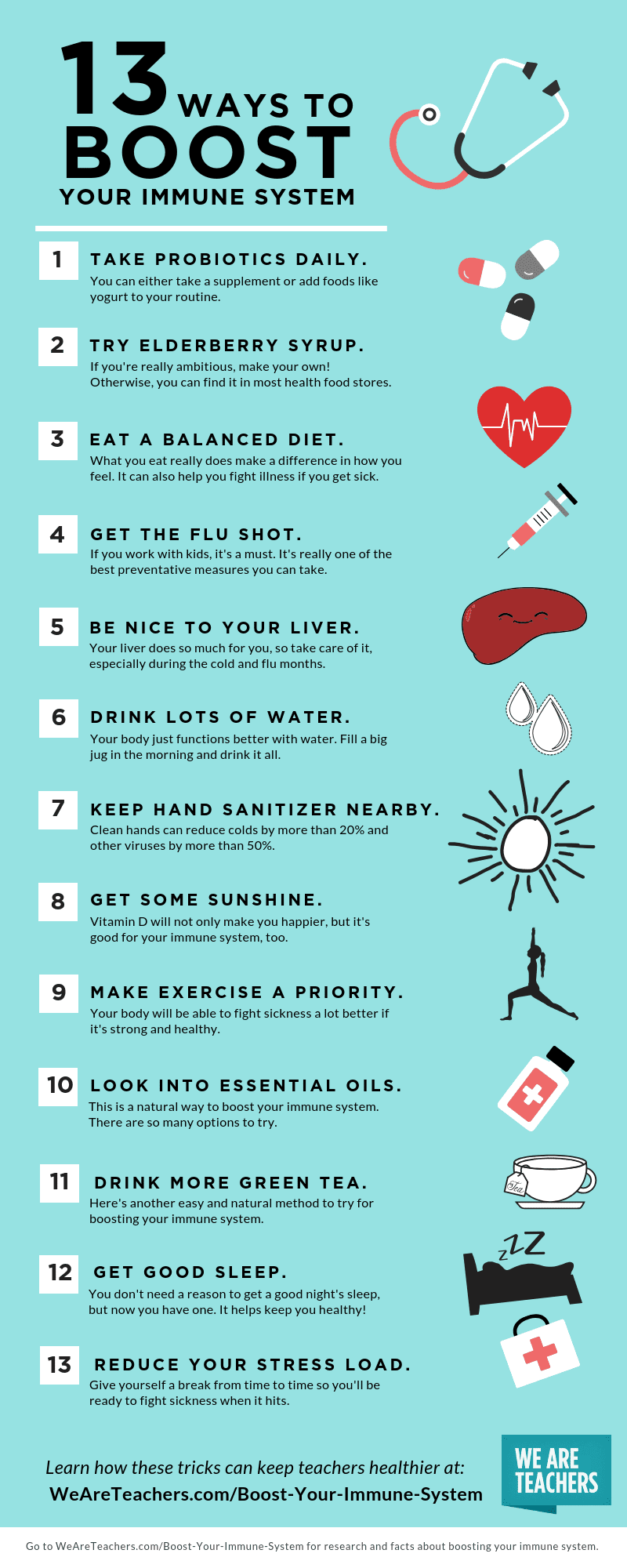Having a strong immune system is crucial for maintaining good health and preventing illnesses. The immune system is responsible for protecting the body against harmful pathogens, viruses, and bacteria that can cause infections and diseases. By adopting healthy lifestyle habits, you can strengthen your immune system and improve your overall well-being. In this article, we will discuss some effective tips for boosting your immune system.
1. Eat a Balanced Diet

Your diet plays a significant role in supporting your immune system. It is essential to consume a balanced diet that includes a variety of fruits, vegetables, whole grains, lean proteins, and healthy fats. Foods rich in vitamins and minerals, such as vitamin C, zinc, and beta-carotene, can help strengthen your immune system. Avoid consuming processed and sugary foods, as they can weaken your immune system and increase the risk of chronic diseases.
2. Exercise Regularly

Regular exercise can help improve your immune system by increasing the circulation of white blood cells, which are responsible for fighting infections. It also helps reduce inflammation, which can weaken your immune system. Aim for at least 30 minutes of moderate-intensity exercise, such as brisk walking, jogging, or cycling, five days a week. You can also try yoga or strength training to improve your overall fitness and immunity.
3. Get Enough Sleep

Getting enough sleep is crucial for supporting your immune system. During sleep, your body repairs and regenerates cells that are responsible for fighting infections. Lack of sleep can weaken your immune system and increase the risk of infections and chronic diseases. Aim for at least seven to eight hours of quality sleep every night, and try to maintain a regular sleep schedule.
4. Reduce Stress

Chronic stress can have a negative impact on your immune system. It can lead to the production of cortisol, a hormone that can weaken your immune system and increase the risk of infections. To reduce stress, try practicing relaxation techniques such as meditation, deep breathing, or yoga. You can also engage in stress-reducing activities such as listening to music, spending time in nature, or spending time with loved ones.
5. Stay Hydrated

Drinking enough water is essential for maintaining a healthy immune system. Water helps transport nutrients and oxygen to your cells, which are essential for the proper functioning of your immune system. It also helps flush out toxins and waste products from your body. Aim to drink at least eight glasses of water a day, and avoid sugary and caffeinated drinks.
6. Take Supplements

Taking supplements can help boost your immune system by providing your body with essential vitamins and minerals that are important for proper immune function. Some common immune-boosting supplements include vitamin C, vitamin D, zinc, and probiotics. However, it is important to talk to your doctor before taking any supplements, as they can interact with medications or have unwanted side effects.
7. Quit Smoking

Smoking can weaken your immune system and increase your risk of respiratory infections and other diseases. If you smoke, quitting is one of the best things you can do to improve your overall health and strengthen your immune system. Talk to your doctor or seek support from a smoking cessation program to help you quit smoking.
8. Practice Good Hygiene

Practicing good hygiene is essential for preventing infections and strengthening your immune system. Wash your hands regularly with soap and water, especially before eating or touching your face. Cover your mouth and nose when coughing or sneezing, and avoid close contact with people who are sick. Additionally, keep your living environment clean and sanitized to prevent the spread of germs and viruses.
9. Get Vaccinated

Getting vaccinated is an effective way to protect yourself from infectious diseases and strengthen your immune system. Vaccines work by stimulating your immune system to produce antibodies that can recognize and fight specific viruses and bacteria. Talk to your doctor about which vaccines are recommended for you based on your age, health status, and other factors.
10. Manage Chronic Conditions

Chronic conditions such as diabetes, heart disease, and autoimmune disorders can weaken your immune system and increase the risk of infections. It is important to manage these conditions properly by following your doctor's advice, taking medications as prescribed, and adopting healthy lifestyle habits such as eating a balanced diet, exercising regularly, and getting enough sleep.
Conclusion
Boosting your immune system is essential for maintaining good health and preventing illnesses. By adopting healthy lifestyle habits such as eating a balanced diet, exercising regularly, getting enough sleep, reducing stress, staying hydrated, taking supplements, quitting smoking, practicing good hygiene, getting vaccinated, and managing chronic conditions, you can strengthen your immune system and improve your overall well-being. Remember to talk to your doctor before making any significant changes to your lifestyle or taking any supplements.













